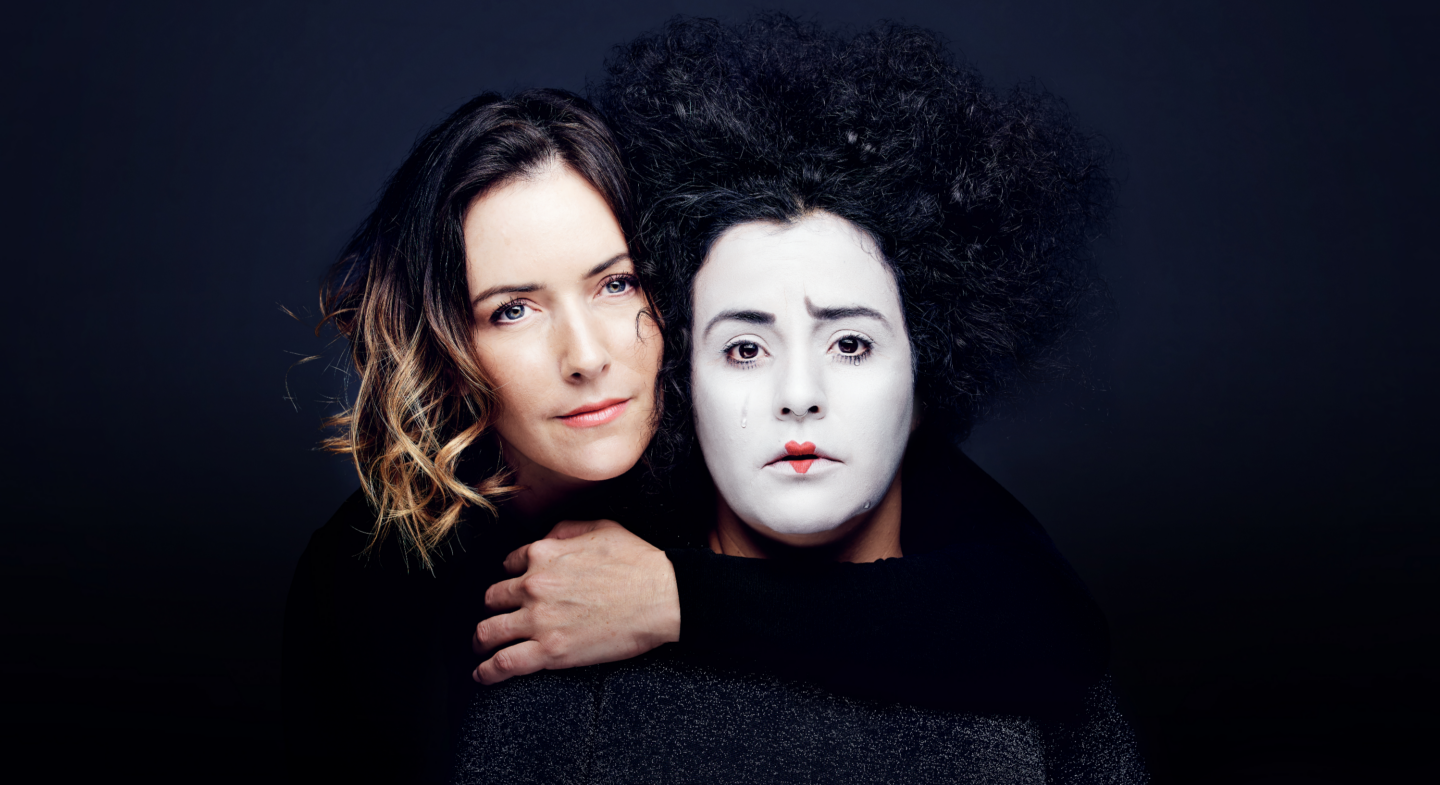
The feast of the imagination: Silence of Sound comes to Berlin
In the famous multidisciplinary show Silence of Sound by Alondra de la Parra, the director, the Babelsberg Film Orchestra and the clown Gabriela Muñoz create a piece that combines elements of music, theater and video. After the resounding success of the first tour in Mexico, Silence of Sound can be enjoyed for the first time in Germany on September 13, 2023 at the Admiralspalast in Berlin.
- German premiere of Silence of Sound on September 13, 2023 at 8:00 p.m. at the Admiralspalast in Berlin.
- With Alondra de la Parra (conductor and artistic director), Gabriela Muñoz (clown), the Deutsches Filmorchester Babelsberg and video projections by Mariona Omedes.
A sea of delicate lights sways in calm waves harmonizing perfectly with the music. Plankton particles glow underwater; Pink-scaled fish and other sea creatures move in schools guided by a silent protagonist: As in a luminous ballet, the clown directs the living currents… The orchestra plays “La Mer” by Debussy and from the beginning It is clear: This is not just a soundtrack, here image and sound go hand in hand and emerge as a whole.
Silence of Sound is a multi-sensory feast for the imagination. The scenic-symphonic project, which the director Alondra de la Parra developed together with the clown Gabriela Muñoz “Chula The Clown” and which de la Parradirects, was a resounding success in the native Mexico of both artists – almost 15,000 spectators attended the different screenings in four different cities during the fall of 2022. De la Parra and her team “create a new language,” wrote the newspaper El Norte, “ The audience laughed, cried, applauded and was moved by a story without words.” On September 13, 2023, Alondra de la Parra, Gabriela Muñoz “Chula The Clown” and the Deutsches Filmorchester Babelsberg will present Silence of Sound for the first time in Germany, at the Berlin Admiralspalast, city in which de la Parra has resided for 4 years.
Alondra de la Parra is excited to present this project in her city: “Silence of Sound was born from the need to convert the effect of music into something visual almost literally. In particular, symphonic pieces can generate great feelings in the audience, the brightest stories, the most intense emotions are revealed in the minds of the spectators. The audience is not passive, they are the narrators of these imaginative and personal stories. It is precisely this inspirational intoxication that we are trying to capture and inspire with this production. “I feel incredibly happy to be able to share this project in Germany, my second home.”
At the beginning of Silence of Sound, as its name reveals, there is silence. For years, De la Parra had been contemplating the idea of a stage concert in which she would address the audience in a different way – through an innovative concept in which, among other aspects, the orchestra would also become main characters. The first time De la Parra witnessed a performance by Chula the Clown, Gaby Muñoz immediately felt that, with her silent performance, Chula was the ideal partner for the project: “The orchestra and I work exclusively with sound, Gabriela only with Images. “We complement each other perfectly.” Together, director and clown wrote the story of a silent protagonist who gradually discovers, explores and develops her own creative potential with the help of music. Her companions are the instruments of the orchestra: The faithful oboe, the dedicated cello, and the reckless and seductive violin, accompany her until the end of the adventure of discovering herself.
The visual part is the responsibility of designer Mariona Omedes, who worked hand in hand with de la Parra to create large-scale video projections with a high aesthetic content. Drawing on the complex and tightly choreographed interplay of orchestral music, Omedes’ stunning imagery and Muñoz’s moving performance, Silence of Sound is presented as an artistically narrated dream sequence.
Despite its visual strength, Silence of Sound is anything but a superficial spectacle. De la Parra lets her personal experiences as an orchestra conductor flow into the narrative. She also chose challenging classical works for the project: “La Mer” by Debussy, the Third Symphony by Brahms… “The music of Silence of Sound draws on the great masterpieces of the canon and combines their movements of “an unusual way to create a kaleidoscope. Thanks to its repertoire, the performance is as suitable for connoisseurs of classical music as for people who have never heard this music.” In the end, what counts is the individual focus that the audience finds on what is being performed. “A visitor from Mexico said she saw many moments of her own life reflected on the stage. It’s the biggest compliment I can imagine for Silence of Sound. It’s exactly what we wanted to achieve.”
Gabriela Muñoz is also looking forward to the opportunity to move audiences with Silence of Sound: “I have been a performer and artist in Berlin for a long time and it makes me incredibly happy that we can now present this project to a German audience for the first time.”
Two short documentaries about the project by Deutsche Welle can be consulted here and here.